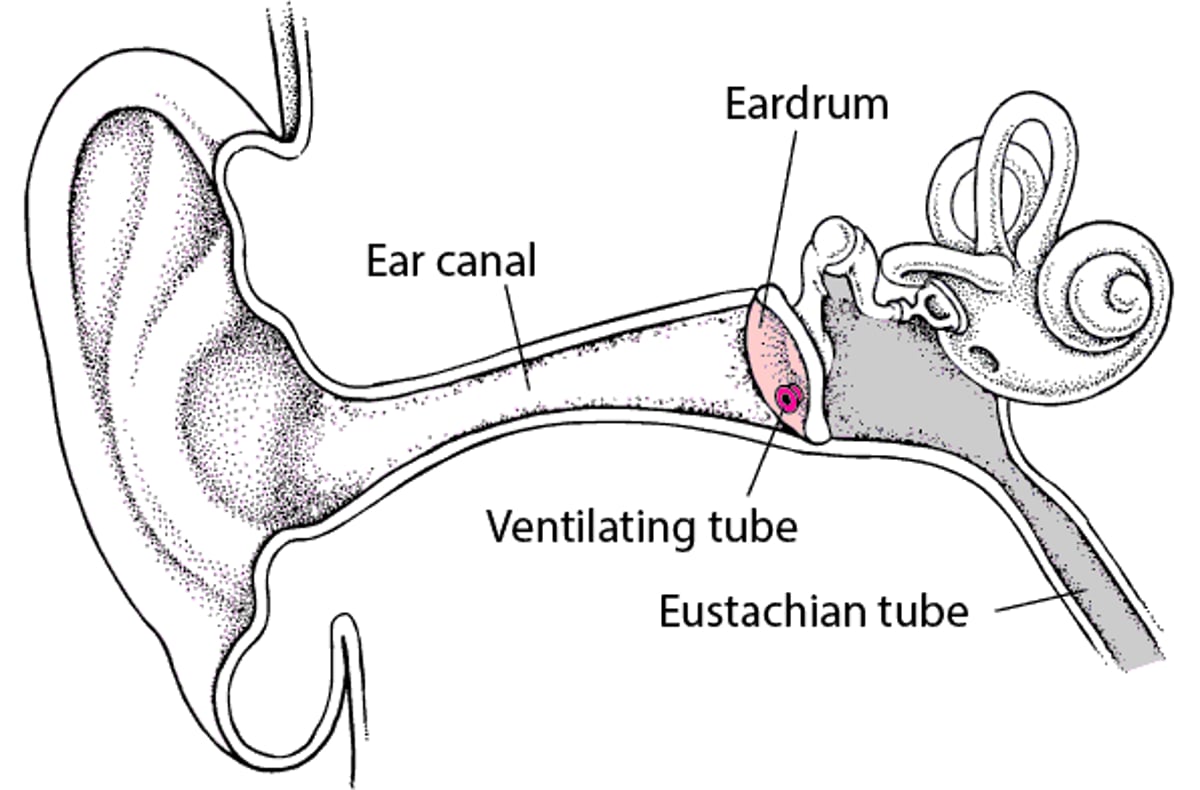Myringotomy: Treating Recurring Ear Infections
During a myringotomy, doctors make a small opening in the eardrum to allow fluid to drain from the middle ear. Then they place a tiny, hollow plastic or metal tube (tympanostomy tube, or ventilating tube) in the eardrum through the opening. These tubes balance the pressure in the environment with that in the middle ear. Doctors recommend ventilating tubes for some children who have had recurring ear infections (acute otitis media) or recurring or persistent collections of fluid in their middle ears (chronic serous otitis media).
Placement of ventilating tubes is a common surgical procedure that is done in a hospital or doctor’s office. General anesthesia or sedation is usually required. After the procedure, children usually go home within a few hours. Antibiotic ear drops are sometimes given after the procedure for about a week. The tubes usually come out on their own after about 6 to 12 months, but some types stay in longer. Tubes that do not come out on their own are removed by the doctor, sometimes under general anesthesia or sedation. If the opening does not close on its own, it may need to be closed surgically.
Children with ventilating tubes may wash their hair and go swimming, but some doctors recommend children do not submerge their head in deep water without using earplugs.
Drainage of fluid from the ears indicates an infection, and the doctor should be notified.
